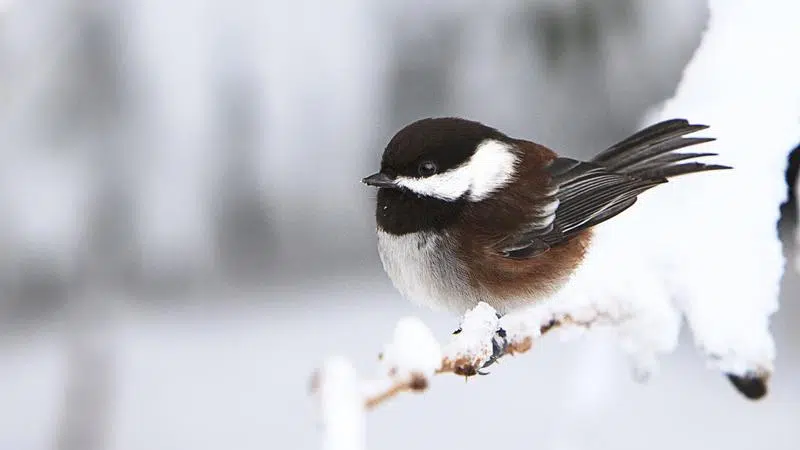
Creatures of Prince Albert National Park find fascinating ways to endure bitter temperatures
Animals of the Prince Albert National Park may not be able to run inside and warm up with a cup of hot chocolate, but they have found ways to stay warm during the colder parts of winter.
According to Adam Pidwerbesk, resource manager at Prince Albert National Park, all creatures that call the Boreal Forest home over the winter have multiple adaptations to handle the chill.
The Chickadee
Take for example, the black-capped chickadee.




